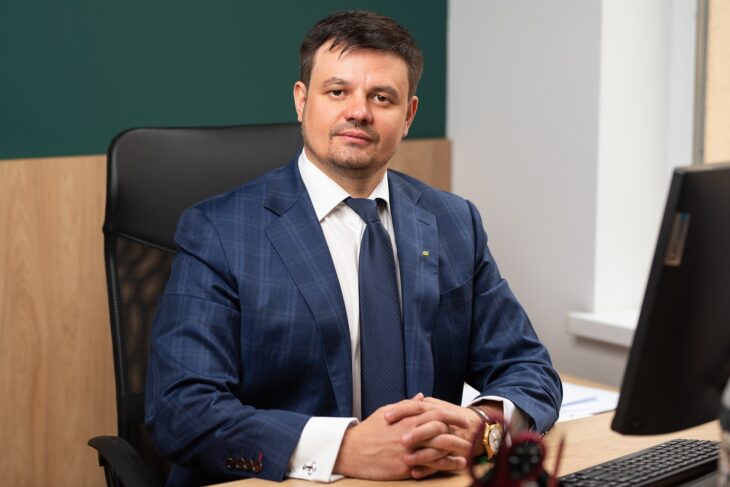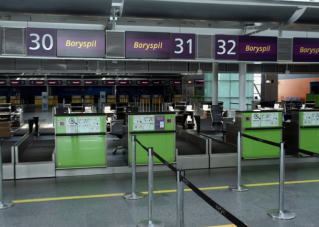Judiciary in Spain: Construction of the Court System and Judicial Self-Government Bodies

30 min to read
The improvement of legal regulation of the functioning of domestic courts and the activities of judges requires a substantive analysis of the experience of other countries in this field. The experience of Spain is particularly interesting in this regard, especially in terms of building a system of courts and bodies of judicial self-government, which we will examine further.
The legal regulation of the activities of the judicial branch of power is carried out by the Constitution of Spain and the Organic Law No. 6/1985 of 1 July 1985 “On the Judiciary”, which establishes the limits of the powers of judges, determines the judicial districts, the competence of the corresponding judicial authorities and the prosecutor’s office, as well as the status of judges and lawyers. The functioning of the judicial system is also regulated by the Spanish Law No. 38/1988 of 28 December 1988 “On the Delimitation of Competences and Division of the Judicial System”. Changes and additions are periodically made to these laws. The procedure for constitutional protection is regulated by Section IX of the Constitution of Spain, the Spanish Organic Law “On the Constitutional Court” of 3 October 1979 with subsequent amendments.
At the beginning, it should be noted that according to Article 53(2) of the Constitution of Spain, any citizen may demand the protection of their rights and freedoms before any court.
The organization of the activities of Spanish courts is arranged in such a way as to provide access to justice as quickly as possible. In particular, every local court has duty judges who can, at any time of the day or night, take measures to prevent a crime, and consider cases involving minors. Computer terminals are set up to provide the parties with access to case materials, which can be used without special permission, and an information center is also available.
The organization of the judicial process in Spain is also noteworthy. For example, the state has a witness protection system – the courtroom is equipped with a special secluded place to maintain anonymity while a witness is giving testimony.
The procedure for selecting and appointing candidates for the position of judge in Spanish courts is also interesting to study.
To become a judge, a candidate must pass an exam and undergo testing organized by the Judges School. One third of the available positions are reserved for “lawyers with recognized competence” (i.e. those with over 10 years of professional practice). “Lawyers with recognized competence” can also apply for the position of magistrate in the Supreme Court or the appellate court.
A candidate for the position of judge must meet the following criteria: be an adult citizen of Spain, have a legal education and at least 6 years of work experience in the legal field.
Candidates who pass the competition for the position of judge must subsequently study at the Judges School and undergo an internship in a judicial body. Based on the results of these stages, candidates may be appointed as judges. Candidates who pass the entrance exam receive a license to practice judicial activity.
The procedure for staffing the appellate and cassation courts in Spain deserves special attention. For example, out of four vacant positions in the Spanish appellate court, two will be filled by judges with 3 years of judicial experience. Only one judge will be selected through competition among lawyers with recognized competence, who have more than 10 years of legal practice.
In the different chambers of the Supreme Court, out of five positions, four will be given to judges with at least 10 years of experience in the category of magistrates (appellate judges) and at least 20 years of legal practice, while the fifth position will be given to a lawyer with recognized competence.
The competition committee at the School of Judges consists of the Chairman of the Supreme Court or a magistrate of the Supreme Court, a magistrate, a prosecutor, two university professors from different legal disciplines, a practicing lawyer, and a state prosecutor performing the duties of a secretary.”
Judges in Spain are appointed for life but retire at the age of 65. The president of the court usually serves for 5 years. The Supreme Court is the highest court in Spain, each chamber of which consists of 10-12 members and a chairman. The competence of the Supreme Court extends throughout the territory of Spain.
The Supreme Court of Spain considers:
- appeals against decisions of regional courts;
- cases related to civil or criminal liability of the Prime Minister and other members of the Spanish government, magistrates and the Chief Justice of the Supreme Court, the President and judges of the Constitutional Court, as well as other officials in the state;
- cases related to the legality of political parties;
- other cases within the competence of the Supreme Court under Spanish law.
Citizens of Spain have the right to appeal to the Constitutional Court of Spain. However, violations in terms of allowing Spanish citizens access to this court were previously recorded. Thus, complaints from Spanish citizens about the restriction of their right to appeal to the Constitutional Court were submitted to the European Court of Human Rights. In particular, in one of its decisions, the ECHR stated that in Spain there is no direct access for individuals to the Constitutional Court to challenge interference with property rights, and there is only an indirect way through courts of general jurisdiction.
The Spanish Constitutional Court receives over 5,000 complaints annually, of which only 4-5% are deemed admissible.
The question of jurisdiction in Spanish courts is interesting. In general, the court where the case is being heard must determine its jurisdiction, and the parties must also argue why the chosen court is competent. If the court believes that it does not have jurisdiction, it must inform the parties which court is competent. Then, the parties file a claim in the indicated court. If the second court also believes it does not have jurisdiction, the jurisdictional conflict is transferred to a special court for jurisdictional conflicts - the Chamber of the Supreme Court, which consists of three judges from the Supreme Court (the President of the Supreme Court and one judge from each of the conflicting jurisdictions). The decision of the Chamber on jurisdictional conflicts is final.
The legislation of Spain is not without its drawbacks. One of the most acute problems today is the outdated legal framework for the activities of the courts – the corresponding legal regulation is mainly carried out by acts adopted at the end of the last century. Of course, the legislation is gradually being updated, changes are being made, but in many aspects, it continues to require improvement. Another serious problem that affects the efficiency of the proceedings is the lack of resources.





